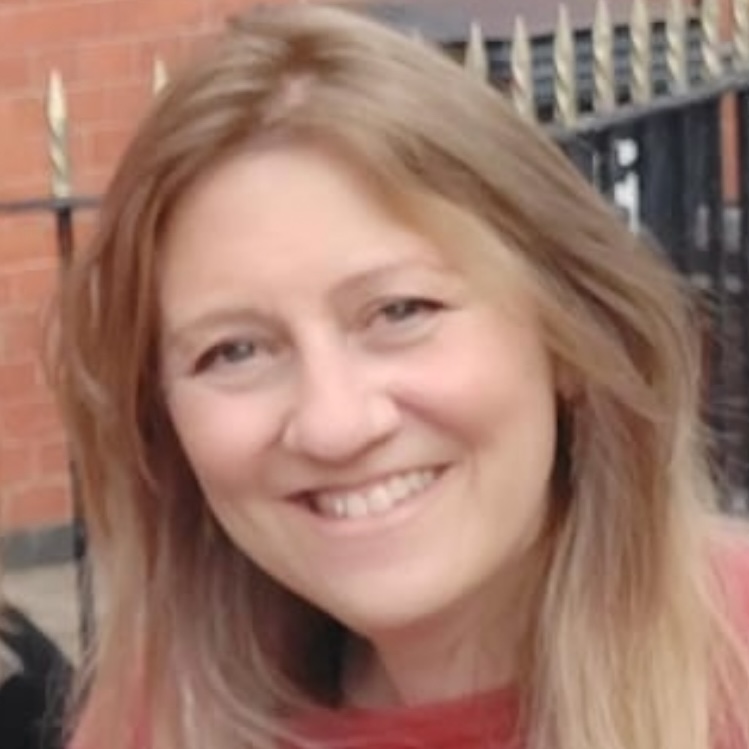Saving the Hebrew dialects of the diaspora before they disappear

Many of the Hebrew dialects that developed over millennia in dispersion are in danger of being lost forever, but Israel’s Academy of the Hebrew Language is determined to save as many as possible.
Hebrew, it is often said, is the only dead language to have been revived. However, during Israel’s 2,000 year exile the language was still used in different ways, even if not as a mother tongue.
“Hebrew was preserved as the language of culture by Jews across the world, who learned, wrote, and, crucially, read Hebrew texts out loud. If this had not been the case, the language could not have been revived in modern times,” Doron Yaakov, a researcher in charge of the Jewish Oral Traditions Collection at the Academy, explains.
Ironically, it is due to the efficiency of the Academy of the Hebrew Language that the differences in dialect are being lost, according to the Times of Israel. Efforts to simplify and standardize the language as it was reintroduced have been erasing variations.
At the Cultural and Educational Center at the Academy of the Hebrew Language, based at the Givat Ram campus of the Hebrew University, a multi-sensory experience has been prepared for visitors. Using images, lighting and sound, the Academy is documenting cultural variations of the language as it has been spoken in different places around the world.
Just as the sentence “The quick brown fox jumps over the lazy dog” is used to highlight slight variations in typography, the first words of the Book of Genesis are uttered in multiple dialects, helping listeners detect subtle points of difference. The verses are read by voices from Yemen, Poland, Italy, Morocco, and other countries, all in dialects that are in danger of dying out.
The Academy of the Hebrew Language was established in 1953 as an evolution of the Language Committee which had been formed in 1890 by Eliezer Ben Yehuda, known as the “father of modern Hebrew." Ben Yehuda almost single-handedly restored the dead biblical language and seems to have felt his mission was a divine one – at least initially. He wrote, “I heard an inner voice calling to me: ‘Revive Israel and its language in the land of the fathers!’”
The Language Committee, which sought to make modern Hebrew as simple as possible with new rules for grammar, orthography, and punctuation, along with many new words that didn’t previously exist, is now working to catalog the peculiarities in different Hebrew dialects. Having morphed into the Academy of the Hebrew Language, scholars are now working to preserve an important aspect of Jewish history.
There remains much debate about how far back the history of the Hebrew language goes, but inscriptions with Hebrew letters have been found that are some 3,000 years old. Clearly, it was commonly spoken during biblical times, but slowly dropped out as a spoken language by the fifth century AD until the mid twentieth century.
“On the eve of the Second World War, only a few people living in the land spoke Hebrew in their everyday life, but hundreds of communities knew how to read and pronounce it in their own unique ways,” Yaakov told the Times of Israel, explaining that there is textual evidence of regional variations emerging as communities branched off going back as far as 2,000 years.
“The Babylonian Talmud narrates that there were Jews in the Galilee who did not know how to pronounce khet and ayin and therefore were considered less suitable to serve as prayer leaders,” he said.
“If we take the Hebrew tradition common among Sephardic communities in Iraq and North Africa, it is based on the Hebrew spoken in the land of Israel in the Second Temple period,” Yaakov continued. “The Yemenite Hebrew enunciation mirrors the language spoken in Babylon.”
Yaakov explained how there is no “Chet” equivalent in Yiddish, and many Yiddish speakers simply cannot pronounce that sound. However, despite the fact that there is no “P” sound in Arabic, Jews in Arabic-speaking countries maintained the different sounds of “P” and “F”, the letters Peh and Pheh in Hebrew.
He also reported that, somewhat surprisingly, the people group whose Hebrew mostly closely resembled the pre-exilic pronunciation is that of the Samaritans. “They are the only non-Jewish community that maintained a Hebrew tradition,” said Yaakov. “They preserve a Hebrew pronunciation that existed in Israel in the Second Temple Period.”
The Jewish Oral Traditions Collection developed shortly after the founding of the State of Israel to preserve the oral traditions and dialects that would likely be “swallowed up” by modern standardized Hebrew, Yaakov said.
Prof. Shlomo Morag from the Hebrew University spent 40 years recording different Hebrew speakers from around the world. “In the 1950s, he began to visit absorption centers, new immigrants’ barracks, and synagogues with a big recording machine,” Yaakov said. “He identified experts from different communities that he could document.” He recorded some 250 people from 30 countries for the Jewish Oral Traditions Research Center.
“These recordings are the only testimonies of those Hebrew renditions,” Yaakov enthused. “Research shows that even if some descendants of those who came from those communities partially preserved the accent, for example, in their religious rituals, they still have lost many of its nuances.”
There is great power in language to reach the heart, to convey culture, and to hold history. Like national treasures, having been entrusted to the Academy in 2017, approximately 2,500 hours of recordings of different dialects are now being digitized and made accessible to the public.

Jo Elizabeth has a great interest in politics and cultural developments, studying Social Policy for her first degree and gaining a Masters in Jewish Philosophy from Haifa University, but she loves to write about the Bible and its primary subject, the God of Israel. As a writer, Jo spends her time between the UK and Jerusalem, Israel.
You might also like to read this:
















